by Texas Homesteader ~
There are three different rainwater catchment systems that work best for our homestead. They’re all simple and provide all the irrigation water we need. We even irrigate our gardens 100% with only captured rainwater.
(Note: Some links in this post are for further information from earlier posts I’ve written. But links preceded with * are affiliate links. If you click them and buy something (almost anything, not just the item noted) I could receive a tiny commission. But the price you pay will NOT change. It’s an easy way to support this blog without anything coming out of your pocket. So click often! Thank you!)
Hot Weather Garden Watering Challenges
The heat & humidity here in Texas during a typical summer can create some gardening challenges. And in our area of NE Texas it’s not unusual to suffer drought conditions several years in a row.
It can feel like an expensive and losing battle to keep your garden watered under such conditions.
But I never pay for treated water to irrigate my gardens. My gardens are all watered only with harvested rainwater. Come see three rainwater harvesting systems that work best for us.
How To Keep Garden Water Requirements Low
First of all I’m careful to make sure my plants are mulched heavily to conserve water & protect against heat.
Sometimes I use Living Mulch such as a squash or pumpkin vine, similar to a 3-Sister’s Garden.
And sometimes I use spent hay from the hay rings or even the deteriorated straw from the bales I keep around my grapevine.
But whatever method I use, I make sure to keep that soil covered.
And I use Repurposed Coffee Cans to direct that precious rainwater right at the plant’s roots and allow it to slow-soak into the ground.
Thankfully that means most years – even in drought – I’m able to keep the garden going using the 3 rainwater catchment systems we have in place.
NOTE: Now here in NE Texas it’s perfectly legal and oftentimes encouraged to capture & use rainwater.
But although I don’t think it’s illegal anywhere in the United States to collect rainwater from your home, from what I understand there are some areas/states that have various restrictions. So be sure to check with your local government & make sure what’s allowed before you proceed with any rainwater catchment system.
(see this Energy.Gov map for more information or check with your local water authorities)
Underground Cement Cistern Captures Rainwater
My vegetable garden measures about 40′ x 20′. And growing our food in it takes lots of water.
But I don’t use commercially-treated water pumped miles to reach our home just to be dropped onto the ground. So I keep my garden irrigated & productive using only captured rainwater.
A 20-ft deep cement cistern was already here when we built our house. So we decided to put it to good use!
One of our home’s main downspouts was tapped & rainwater from the roof is sent through an underground pipe into the cistern.
To retrieve the water RancherMan hooked up a small 1 hp *shallow-well jet pump. That gives me decent pressure for the water coming out of the deep cistern.
Then I just run a water hose from there to my garden. I use a spray nozzle to direct the water precisely where I need it.
Inexpensive 55-Gallon Food-Safe Rain Barrel
We also have a Porch Addition that I landscaped with large galvanized troughs planted with pretty edibles.
My edible landscape garden is irrigated with water from one of two different above-ground rain catchment containers we keep nearby.
One of our backyard rainwater catchment systems is just an inexpensive 55-gallon barrel that has an inlet from a downspout and a spigot for a water hose.
We set it up on cinder blocks so there would be a gravity-feed ease for it.
I also placed a huge 30-gallon open-top tub next to it to catch the overflow for even more rainwater when the barrel is full. (I dip a watering can into it).
And we picked up this beauty for $15 because it needed a new spigot.
So we replaced the spigot and set our new rain barrel up on cinder blocks at another downspout.
RancherMan says it’s about a 55 gallon capacity, plus I’ve also placed another 30-gallon open-top tub next to it as well to catch the overflow.
(Although the photo shoes the overflow tub uncovered so you can see the volume of water it holds, I have a cover that I put on this bucket when it has water in it to keep it from breeding mosquitoes.)
When that large oversized tub’s empty I uncover it again before a rain and it fills up in no time flat from just the overflow water coming from the rain barrel.
That’s lots of extra rainwater I have available to me during the drier summer months, y’all!
Galvanized Trough Rainwater Catchment
The final backyard rainwater catchment is actually part of our back porch addition. It’s a 100 gallon water trough connected to yet another downspout.
We even installed a *Downspout Diverter so when the trough is full the rainwater is diverted to its regular path away from our home.
Since this one’s an open-top catchment I added feeder goldfish to the trough to help keep mosquito larva away. They only cost about $0.30 each and I enjoyed them so much.
But as the goldfish died one-by-one throughout the year, RancherMan & I replaced them with small minnows from our pond using an inexpensive *minnow trap.
Those minnows are certainly hardy. And they do a fine job of keeping mosquito larva away.
In the rare occasion that all harvested rainwater runs out I’ll often use previously-wasted gray water from the kitchen sink.
That usually keeps potted plants & container gardens watered until it rains again and my rainwater catchments are all filled once more.
Letting Garden Go During Long-Term Drought
Sometimes you’ve just got to know when to give up though. When a stronger drought hits & I run out of water in the cistern, I just have to admit that it’s a losing battle this season.
When that happens I let the big vegetable garden go for the rest of the summer. I’ve already preserved the bounty and often will replant for a fall garden anyway. So that gives me something to look forward to as the garden slips away to the death-grips of drought.
I’ll still have a few things in containers that I can keep going. So although I’m sad that the main garden is done for the year, these containers pacify the gardener in me for the rest of the season.
Typically Rain Barrels Provide Plenty Of Irrigation Water
But typically the rainwater catchment systems we have in place provide all the outdoor irrigation water we need all year long. During the spring those bad boys fill & I have water for a long time, even during drought.
And any little 1/2″ or so rain will fill them up again! So that’s how 100% of our outside irrigation is achieved using rainwater. (or gray water during prolonged drought.)
None of the systems are fancy or expensive, but they all work great to keep our gardens watered with free, untreated water!
~TxH~
Links In This Post
- A Symbiotic Planting Strategy: 3-Sisters Garden
- Using Natural Materials In The Garden To Conserve Moisture
- *Inexpensive Shallow-Well Jet Pump
- *Downspout Diverter
- Coffee Can Repurpose Ideas
- Landscaping On The CHEAP!
Other Conservation Posts
- Keeping Your Dollars: Saving Electricity
- Solar Screens Reduce AC Needs
- Whole-House Fan – Eco-Friendly Cooling
- Using FREE Solar Energy Instead Of Kitchen Appliances
- Household Utility Conservation: Indoor Water
- 3 Rainwater Collection Systems We Use
- Reducing Landfill-Bound Trash
- Saving Money On Things That Used To Be FREE: TV
- How To Stay Warm When The Power Goes Out
See All Our Environmental Posts
Other Frugal Tips
- When Financial Times Turn Tough Unexpectedly
- Build Financial Security With Less Effort
- A Financial Hit On The Homestead
- Simplify Your Estate – Document These Numbers NOW!
- Thriving Financially Without A Corporate Paycheck
- Make Your Slow Cooker More Efficient
- Is Food Past The Expiration Date Safe To Eat?
- Make A Cute Gift Box With A Repurposed Greeting Card
- MYO Minty Mouthwash
- Repurposing Empty Coffee Canisters
- Keep That Broccoli Fresh
- Don’t Waste Onion Trimmings
- Cleaner Vegetable Chopping
- Using Frozen Water Bottles In The Kitchen
- Don’t Waste It – Free Vegetable Broth
- Make A Cute Dish Carrier From Old Jeans
- MYO Crispy Taco Shells CHEAP
- Paper Napkins In A Paperless Kitchen
- Use ALL Of Your Spray Cleaner
- Easiest Self-Sufficiency Steps To Take NOW
…and many MORE!
See ALL Our Frugality Articles
C’mon by & sit a spell! Come hang out at our Facebook Page. It’s like sitting in a front porch rocker with a glass of cold iced tea. Lots of good folks sharing! You can also follow along on Pinterest, Twitter or Instagram.
If you’d like to receive an email each time a new blog post goes live it’s EASY to
subscribe to our blog

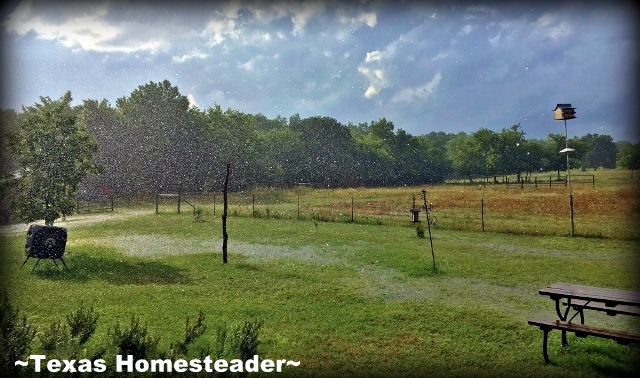
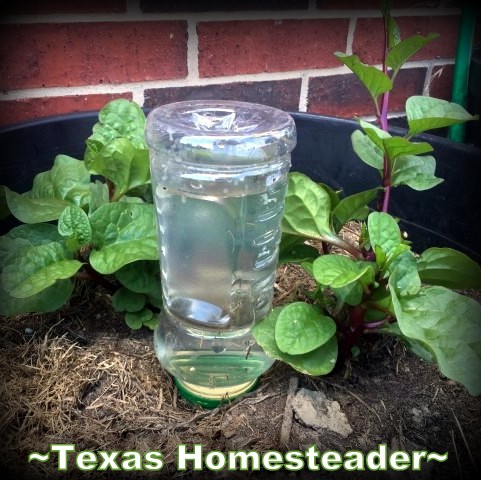
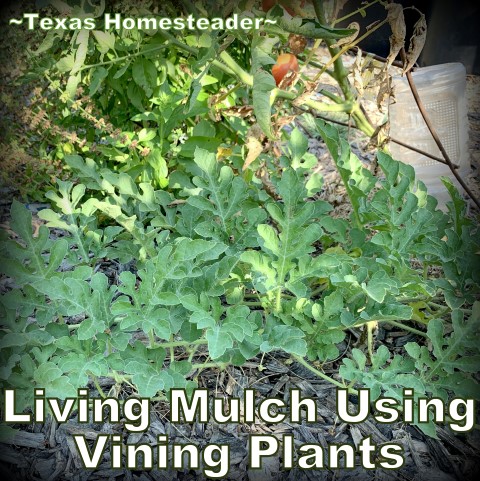
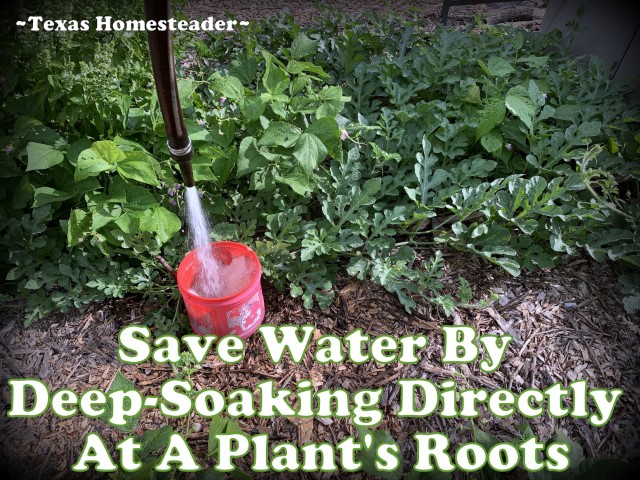
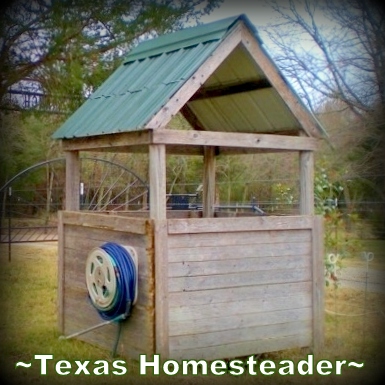
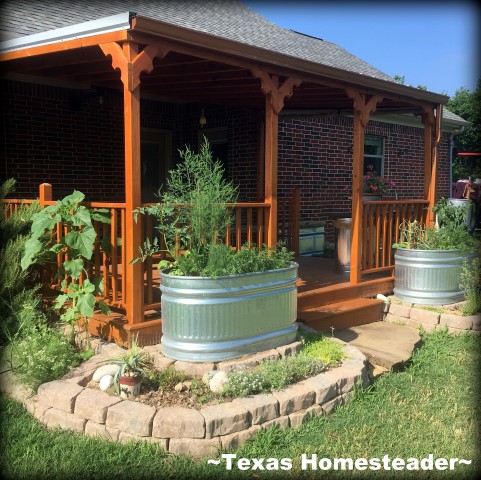
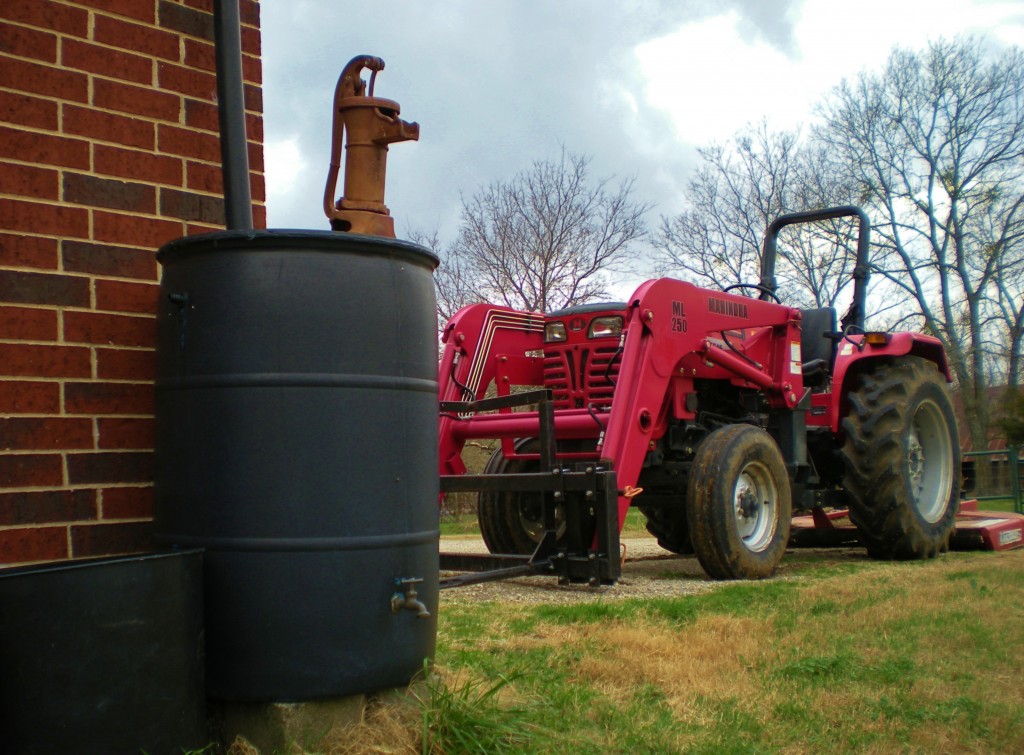
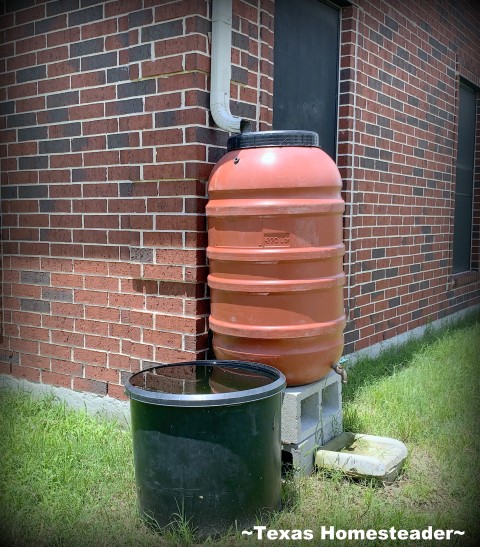
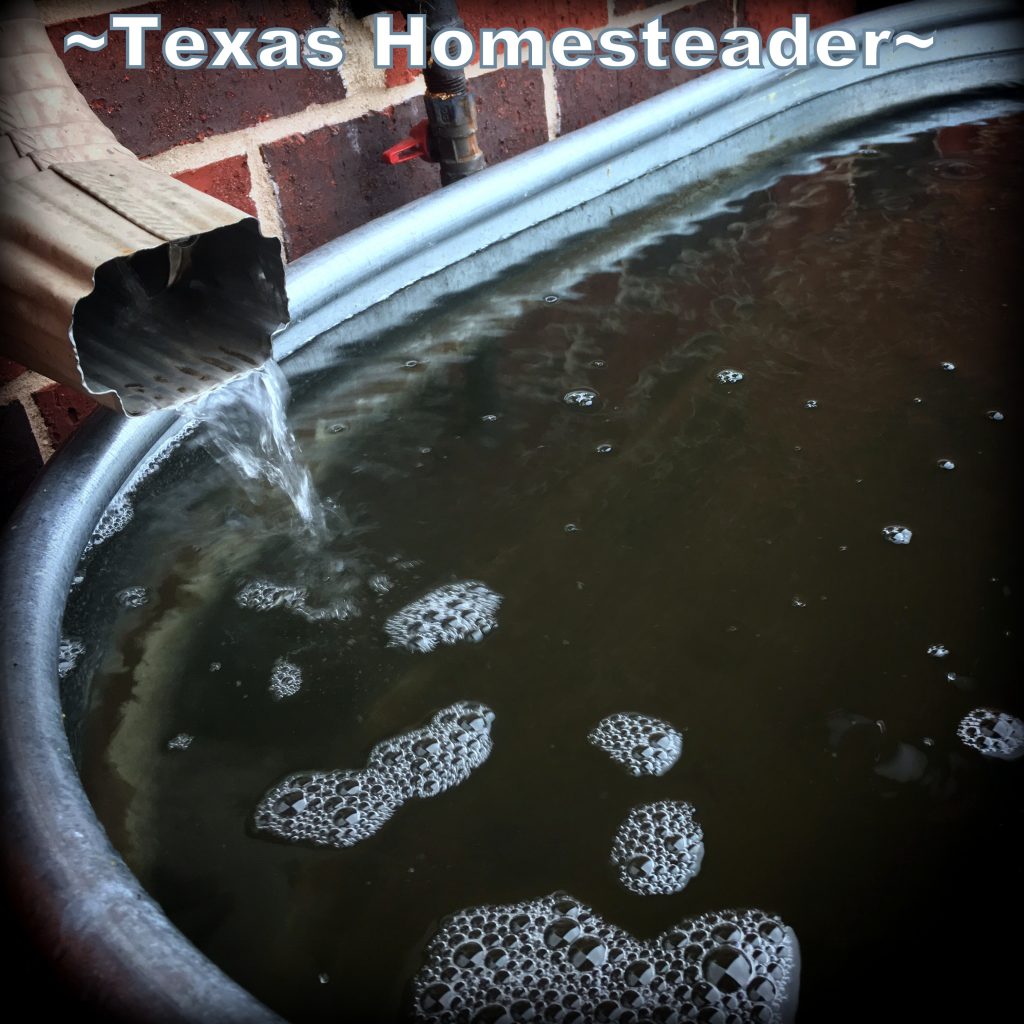
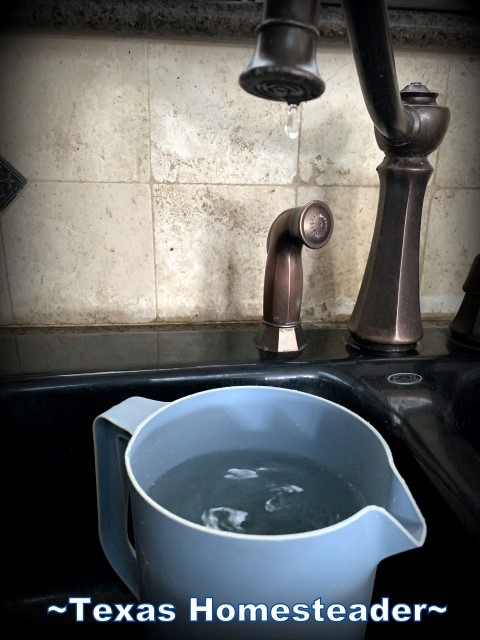
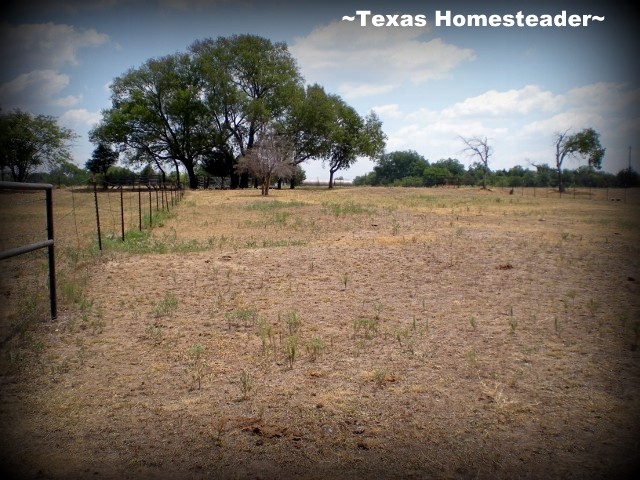
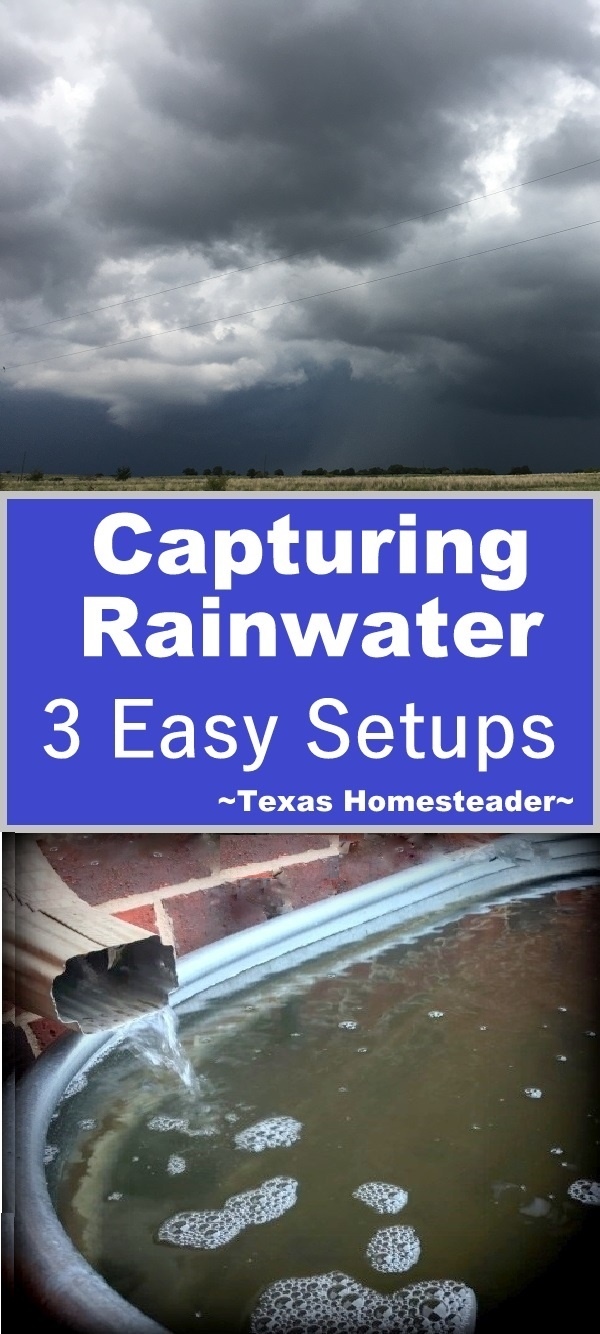


Hello,
Out here in western Oregon we don’t have too much trouble with water. Ours comes via a gravity feed set up. The source is across the creek on a hillside that belongs to someone else. When my father built the house he was able to get water rights from the native American lady who owned the property then. We’ve never run dry and I never worried about how much water I was using until the birdman who lives with me set us up with a water purification system. Now I’m quite a bit more careful. One shower faucet in the house drips kind of randomly. I keep a bucket under that tap and when it’s full I use it to flush the toilet. I also leave it in the tub while I wait for the water to get up to temperature. I also have some buckets sitting out side to simply catch rain water (not much of that right now). I can either use it to flush or water some of my potted plants that live out on the deck. All that being said this has been a horrible forest fire season in Oregon. Global warming – it’s happening and fires are creating havoc in many places around the globe. I’m always happy to read about you and other people living lightly on planet earth. Meanwhile, the darling little screech owls are doing well. We sit out in the evening and watch the parents bringing them food. Life doesn’t get much better than that. Stay safe, Candace
I love your water conservation efforts Candace! And your sweet screech owls? Just, wow. I know you’re in bliss there! Stay safe from the wildfires. ~TxH~
Been doing some reading up on this subject of putting fish in stock tanks; feeder goldfish or minnows.
Also read that if you put a clean concrete block in the water the goldfish will have babies as they have a place to hide. fish; Concrete block, baby fish condo — sounds like a plan
I love that idea Colleen! ~TxH~
Thanks Tammy. Hubby was going to build a cover to put over the tank
and even bought the materials for it but told him that I wanted to put fish
in the tank. He just laughed at me and thought I was nuts, so of
course I had to come to you to prove him wrong, that yes, a person can put gold
fish in an outside water tank. He said that he would be willing to
try it.. 🙂
Enjoy your day and keep cool
Colleen
you having goldfish in your stock tank; how do they stay alive in the cold freezing winter months and wondered just how many goldfish you have in your tank? Do you use a heater to keep the water from freezing?
Ya know Colleen, from what I understand these goldfish can take the cold and survive just fine. Plus the odds of the entire tank freezing solid are virtually non existent. But even if there’s ice on top (from what I understand) they can survive just fine. We haven’t had them long – only about 2 months – so we’ve not overwintered them yet. I’ll let you know how it goes! ~TxH~